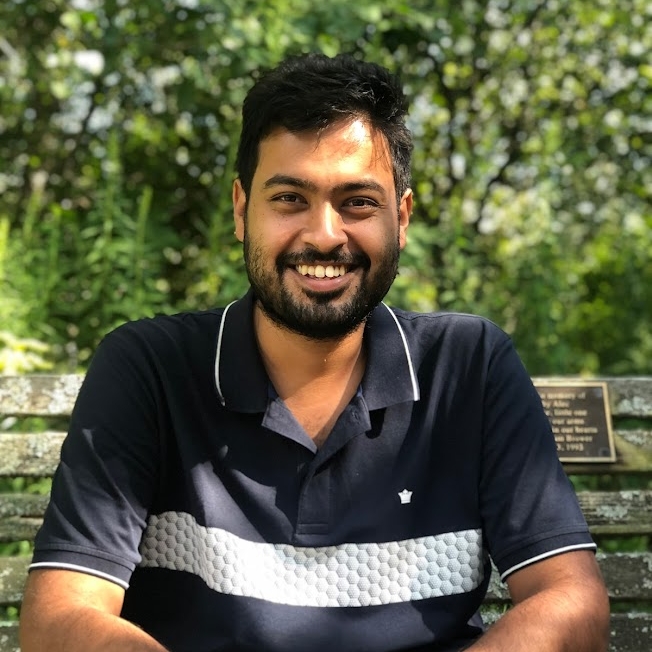ZTF Faces
This section features PhD students, postdocs and young faculty who are part of the global ZTF collaboration.
Kishalay De
Postdoctoral fellow at MIT, USA
Where was your starting point and how did you discover astronomy?
I grew up in the city of Kolkata in eastern India. Stargazing was a childhood hobby for me, so I was always fascinated with the skies. However, I didn't appreciate the science of it until high school when I started understanding the physics and chemistry. I chose to pursue an undergraduate degree in the pure sciences out of this interest, and soon realized that chemistry was not for me. I ended up majoring in Physics at the Indian Institute of Science, while getting involved with small research projects in astronomy - going from the shortest wavelength X-ray observations to the longest wavelength radio telescopes. Having enjoyed all of those experiences, I applied for graduate school in Astrophysics at Caltech.
Most of my undergraduate work was in radio astronomy, so ZTF was not originally my plan for graduate school. When I arrived at Caltech, I was quite fascinated by the big telescopes and fancy detectors being commissioned, which led me to try out a completely new field. I started working with Mansi Kasliwal and gradually got hooked to time domain astronomy.
What are you playing with in the ZTF playground?
During my thesis, I worked on creating the largest sample of nearby supernovae using ZTF. By crossmatching the ~million alerts that ZTF produces every night to a catalog of nearby galaxies, we developed efficient strategies to identify and characterize all types of stellar deaths in the local universe. This sample allows us to study demographics of supernova explosions in an unprecedented way and perhaps more interestingly, identify the rarer ones that teach us about unique endpoints in the life cycles of stars. Within this sample of ~1000 supernovae, I worked on identifying new families of fleeting explosions that arise from helium shells exploding on the surfaces of white dwarfs, and of the births of neutron stars around other compact objects - all of which will be the loudest sources for current and future gravitational wave detectors.
Where do you want to steer your rocket in the future?
I will be starting soon as a NASA Einstein Fellow / MIT Kavli Institute Fellow at MIT. Going ahead, I'm really excited by the synergies between optical/infrared time domain surveys and the upcoming era of multi-wavelength (radio, X-ray) all-sky surveys to uncover dead stellar remnants in the Milky Way. Despite being the closest, these objects remain relatively poorly explored because of obscuration by the intervening gas and dust. Thanks to huge leaps in technology, state-of-the-art instruments now have the capabilities to not only make deep maps of the sky at wavelengths where gas and dust become transparent but to create movies of obscured stellar births, eruptions and deaths. I hope to be able to utilize these novel surveys to create a roadmap of how stars live and die.
If you were not an astronomer, what would you be?
I have been fascinated with ancient history since childhood. I suppose it began with my obsession with Indiana Jones movies. If I were not an astronomer, I would have probably explored archaeology to some extent, maybe working on archaeological excavations. At the end of the day, I think astronomy is also a form of archaeology. You look at physical evidence from things that happened thousands to billions of years ago and try to piece together a physically consistent story that explains your observations.
If you’ve had a bad day at work, you will….
Leave my computer and head out for a long bike ride. Then probably cook myself a nice Indian dish afterwards. Taking a look at dark skies also helps to prepare myself for the next (and hopefully better) day.
